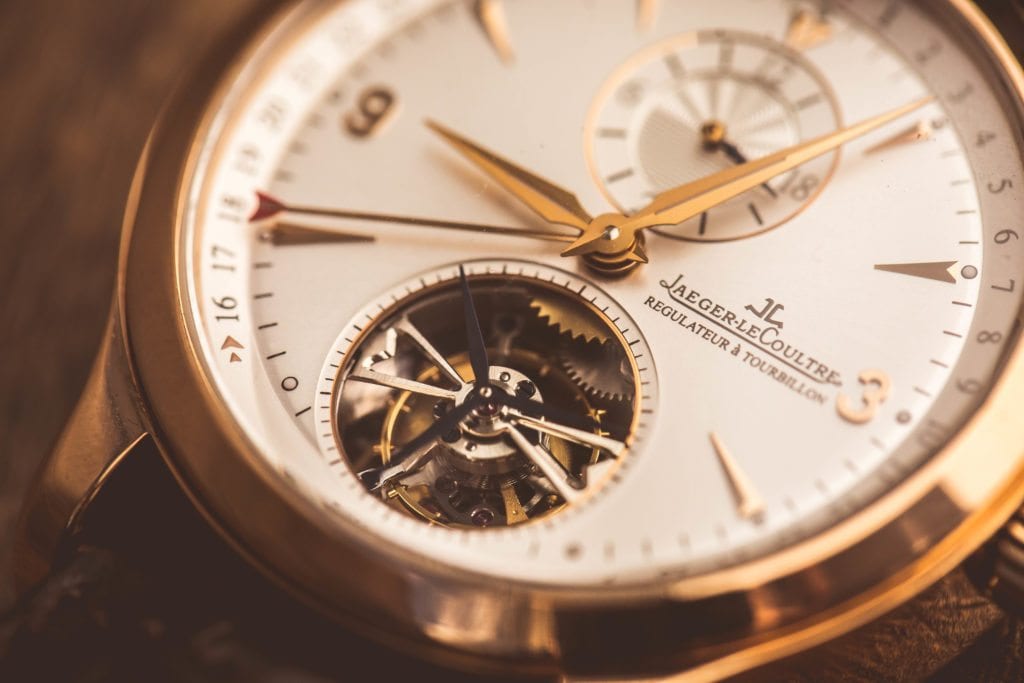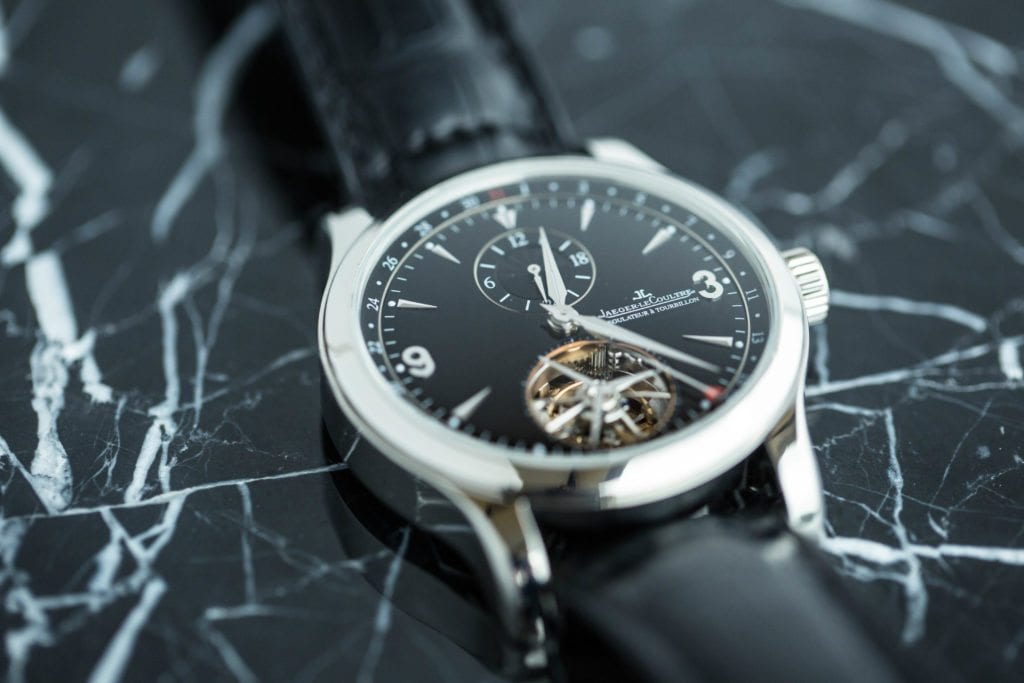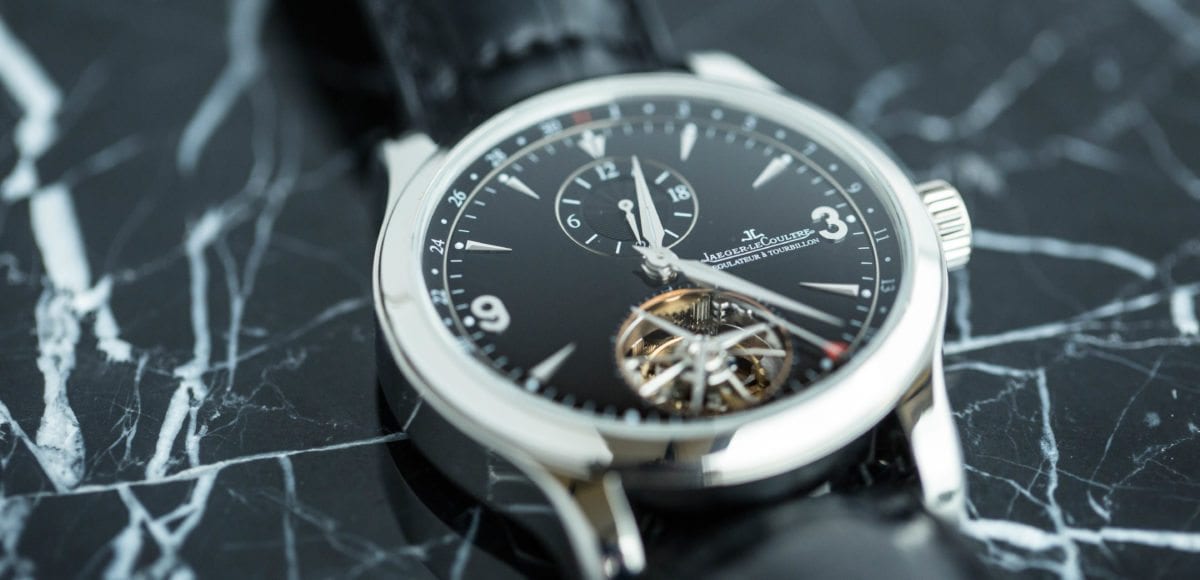Tourbillon Complication: A Prestigious Function
In the most basic terms, watches are simply timekeeping devices. However, many luxury watches go far beyond that function. They feature complications. In horology, a complication refers to any feature that goes beyond the display of hours and minutes. This could be as simple as a day/date display or as complex as a tourbillon complication.
Many consider the tourbillon to be one of the most prestigious watch complications. Timepieces with this feature go for top dollar. And, its history dates all the way back to the late eighteenth century . Its first use was in pocket watches.
The History of the Tourbillon
French-Swiss watchmaker Abraham-Louis Breguet developed the tourbillon complication around 1795, just about twenty years after he’d founded his namesake brand. By 1801, he’d patented his system. Now, countless watchmakers use the technology of the tourbillon since the patent has long expired.

One of the biggest challenges watchmakers face when regulating a watch is offsetting the effect of gravity on the movement. The tourbillon’s design help increases the watch’s accuracy by negating the impact of gravity. This was particularly significant at the time of its inception since pocket watches were typically kept in a vertical position. However, the tourbillon also works to eliminate positional error, or the inaccuracy that can result from keeping the watch in one position for an extended period of time. So, by the dawn of the wristwatch in the twentieth century, watchmakers continued to integrate tourbillons into their creations.
The word tourbillon is French for whirlwind, which aptly describes the motion of the complication. The mechanism works by constantly rotating the balance wheel, balance spring, and escapement while the movement is running. It does so by placing these elements into a rotating cage.
Types of Tourbillons
Since their invention, Tourbillons have evolved and now there are numerous types available. A traditional tourbillon is a one-axis variety. However, there are also multi-axis tourbillons. In these, the escapement, balance wheel, and balance spring are mounted in a cage that’s rotates on more than one axis. Some watches also feature more than one tourbillon. Then, there’s the flying tourbillon. What differentiates this one? Instead of being mounted with a support system, such as a bridge or cock on both sides, the flying tourbillon is only supported from one side.

Today, the tourbillon isn’t totally necessary from a functional perspective in modern wristwatches. When worn, a wristwatch is almost constantly in motion. And even off the wrist, many avid watch wearers and collectors use a watch winder to keep their timepieces in tip-top condition. Still, people covet the tourbillon complication.
Tourbillons continue to carry prestige in part because they are quite tricky to assemble, even with all the advancements in watchmaking since its inception over 200 years ago. Plus, they’re pretty mesmerizing and incredible to look at. Toward the end of the twentieth century, watchmakers started showcasing the tourbillon function through an exposed watch dial. So, even if the complication’s function isn’t necessary, it still makes for a bold conversation piece.
Get More Articles Like This in Your Inbox
We're constantly creating great content like this. So, why not get it delivered directly to your inbox? By subscribing you agree to our Privacy Policy but you can unsubscribe at any time.






